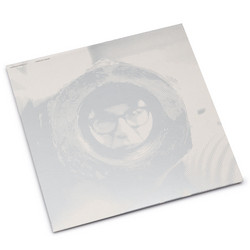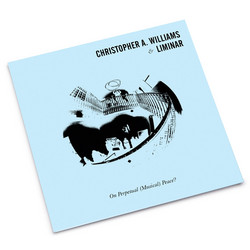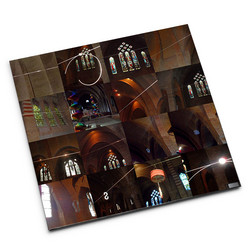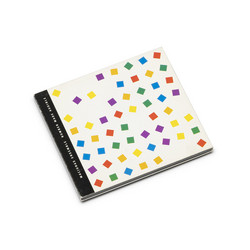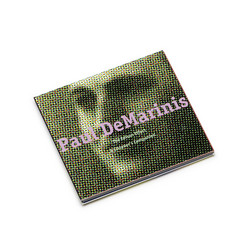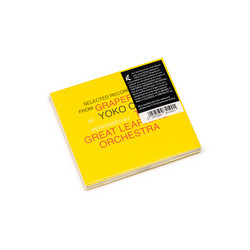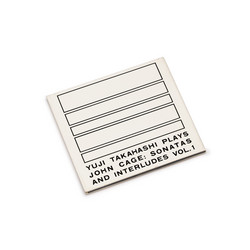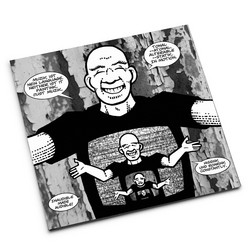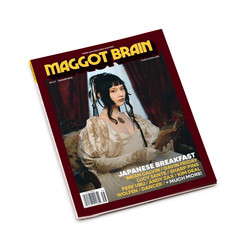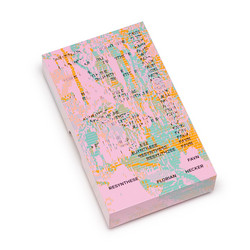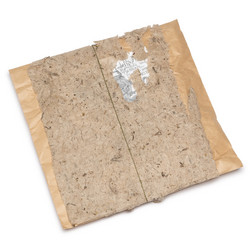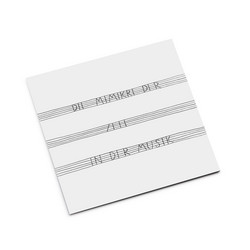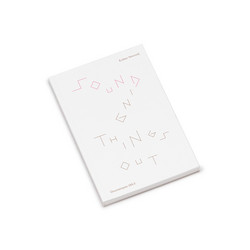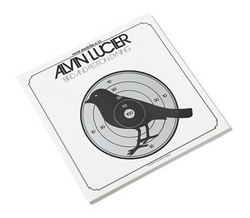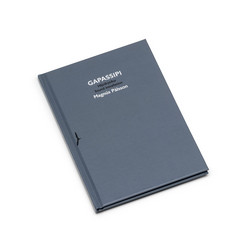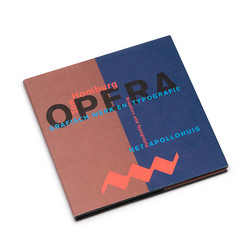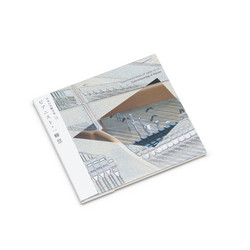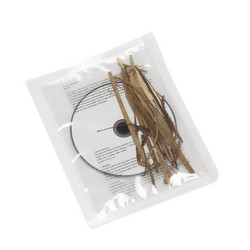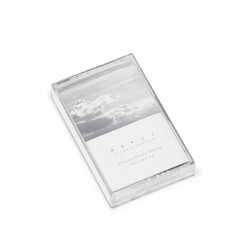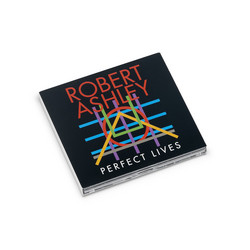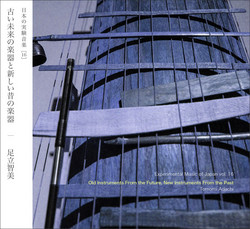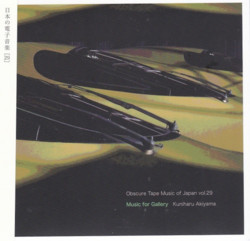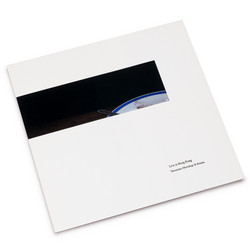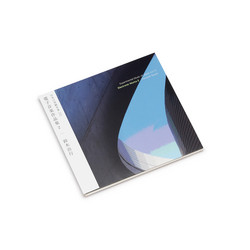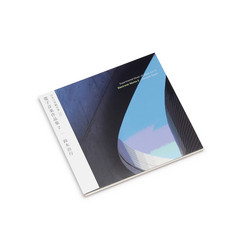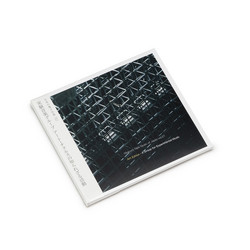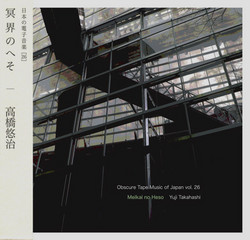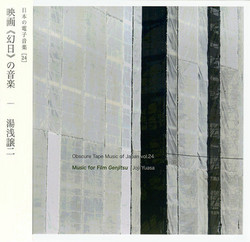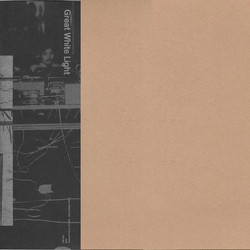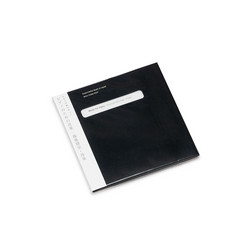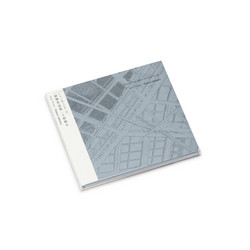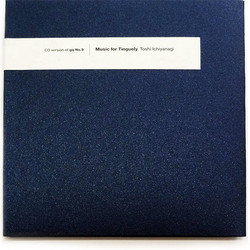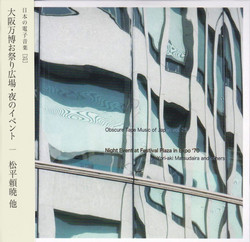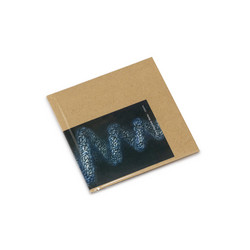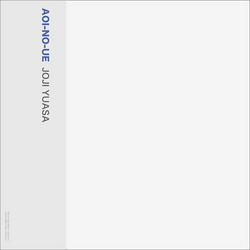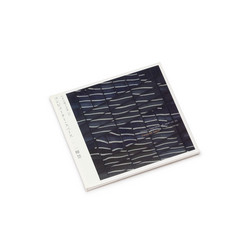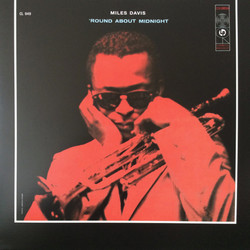Yoshio Uji-ie
Early Sound Installations (3CD + 1CDr Box)
Label: Edition Omega Point
Series: Obscure Tape Music Of Japan
Format: 4CD Box
Genre: Sound Art
Out of stock
* Special Edition is added a CDr consists of two tracks, sound installations at Striped House Museum and his important work in late years Background Music. Special brown box, limited to 60 copies * In the early 1980s, several artists such as Satoshi Ashikawa and Hiroshi Yoshimura, who were pioneers during the early days of Japanese sound art, began to display their works at exhibitions. Ashikawa, who passed away at the young at the age of 30, worked at Art Vivant, a store affiliated with the Seibu Museum of Art in Tokyo, and was one of the first to introduce materials and records of environmental and experimental music from outside of Japan. Artists began coming to Art Vivant to see Ashikawa, who they looked up to, and the shop became the birthplace of a new movement.
Yoshio Uji-ie (born in 1959) was one of these admirers, and as a student at Tama Art University, he attended a seminar, Kuniharu Akiyama's "Contemporary Music Theory". He left The following three works after attending the seminar. They were found among the cassettes left behind by Akiyama that Aki Takahashi had in her possession, and they will be introduced here. The sound materials from the early days of sound art are extremely valuable because they have largely been neglected, except for a few people such as Hiroshi Yoshimura and Akio Suzuki.
CD 1 Displayed Music / 1981 - 82
tr.1, 2 : Aeolian Harp
This artwork has four nylon strings stretched inside a wooden cylindrical box and a pickup attached to it. Sounds are produced when wind is blown through the opening at the bottom of the cylindrical box, and the vibrations of the strings resonate and are amplified by the cylindrical box.
tr.3 : 6 Sound Tubes
Aluminum tubes are placed along a diagonal line of the square aluminum panel. Each tube contains an oscillator and a speaker, which are integrated into a single pitch controller, allowing the audience to control the pitch.
tr.4 - 6 : Repetition Harp (take 1 - 3)
His first musical piece. Strings are stretched inside the box, which are played by a pick that is rotated by a motor. In the recording, which contains three takes, repetitive patterns can be heard in all of them. The strings could be tuned from outside the box.
tr.7, 8 : 18 Sound Tubes
Aluminum tubes containing oscillators and speakers are arranged throughout the space. Each tube has a knob to control the pitch, allowing the sound to be adjusted.
CD 2 Sound Scape - Diffuse Music / 1983 tr.1 - tr.4
The hilly terrain of Machida City, Tokyo, where he lived when he was a student at Tama Art University. The bottom of the small pit nearby was sort of like a park. The sounds of cicadas, the music coming from a brass band practising, a passing airplane, and the sound of construction at a house somewhere in the distance all mixed together, and were diffused by the large parabola that formed in the pit.
In July 1983, Ujiie recorded these sounds on a Sony portable cassette tape recorder to create a musical piece. The results were collected while moving from place to place, and this Diffuse Music was created after some slight editing. It is a work of art that is reminiscent of a carefully crafted style of musique concrète, such as Luc Ferrari's Presque rien.
CD 3 Object of Sound - Sound of Object /1983-1984
tr.1: Bell /1983
A brass rod that is suspended from the ceiling, inserted into the mouth of an unglazed vase, comes into contact with a brass pipe rotated by a motor. The contact noise and the sound of sticks hitting each vase echo intermittently. This exhibition was performed as a set with an Aeolian harp, creating a sound space where drones and dotted sounds intertwined.
tr.2 : Piano /1984
Two metal rods suspended from a rotating bar are used to stroke the 136 piano wires stretched out over a disc. The piano wires can be tuned, but they are tuned randomly and appear as a complex cloud of sounds.
tr.3 : Organ /1984
The sound of the oscillator echoes from the unglazed vases arranged in a circle. The gentle overlapping of the electronic sounds continues almost unchanged. This piece can also be performed by controlling the pitch.
tr.4 : Air waves /1983
Participating in a fabric installation by Setsuko Urabe and Yumiko Ishii with an environmental music system. The sound system consists of four overhead speakers, three cassette tape recorders and a loop cassette. The sound drifts through the space while delaying the timing over time.
Comes in a brown box. Limited to 60 copies.
